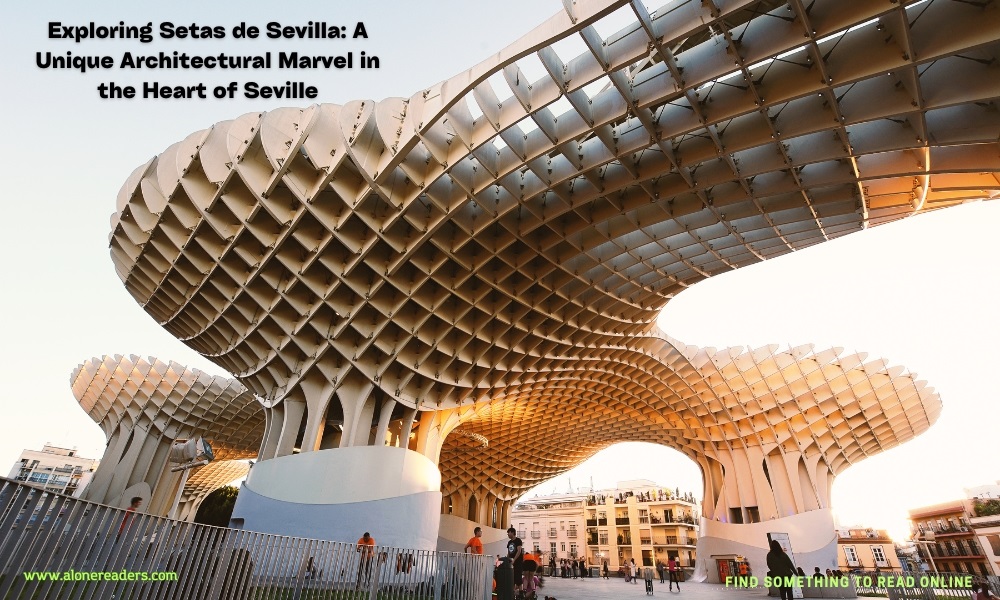
Welcome to my latest travel adventure! Today, we're diving into one of Seville's most striking architectural phenomena: the Metropol Parasol, locally celebrated as "Setas de Sevilla" or the Mushrooms of Seville. This modern marvel isn't just a feast for the eyes; it's a hub of cultural activity, offering some of the best panoramic views of the city, especially enchanting after dusk.
The Metropol Parasol claims the title of the world’s largest wooden structure. Designed by the German architect Jürgen Mayer and completed in 2011, this avant-garde creation features interlocking wooden panels that soar about 30 meters (almost 100 feet) above the bustling Plaza de la Encarnación. Visitors can walk along its winding pathways and skywalks, absorbing the historical and urban vistas that stretch out beneath the intricate canopy.
Seville is well-connected by Spain's extensive transport network. Arriving at Setas de Sevilla is easy whether you’re coming by train, bus, or plane. The structure is centrally located in Seville, making it accessible by foot from most parts of the city center. The nearest tram stop is just a short walk away, and it's also easily accessible by local buses. If you're flying in, the Seville Airport is only about a 30-minute drive from the city center, with buses and taxis readily available.
Seville offers a range of accommodations, from luxurious hotels to charming budget hostels. For a stay that mirrors the contemporary feel of Setas de Sevilla, consider booking a room at the EME Catedral Hotel, which offers a rooftop view of the Cathedral for about €200 per night. If you’re on a budget, the Hostel One Catedral is a fantastic option, with beds starting around €30 per night, offering a cozy and social atmosphere.
No trip to Seville would be complete without indulging in the local cuisine. Below Setas de Sevilla, you'll find the bustling Mercado de la Encarnación, a market that offers everything from fresh produce to traditional Spanish tapas. Try the local specialty, jamón ibérico, a type of cured ham, or enjoy a plate of salmorejo, a creamy tomato soup. Dining around Setas de Sevilla can range from a few euros for a tapa and a drink to around €50 for a full meal at a higher-end restaurant.
Seville shines in the spring (March to May) and fall (September to November), when the weather is pleasantly warm and the crowds are thinner than in the peak summer months. Visiting during these seasons also means you'll catch some of Seville’s famous festivals, like the Semana Santa and Feria de Abril.
When planning your visit, keep a few things in mind: